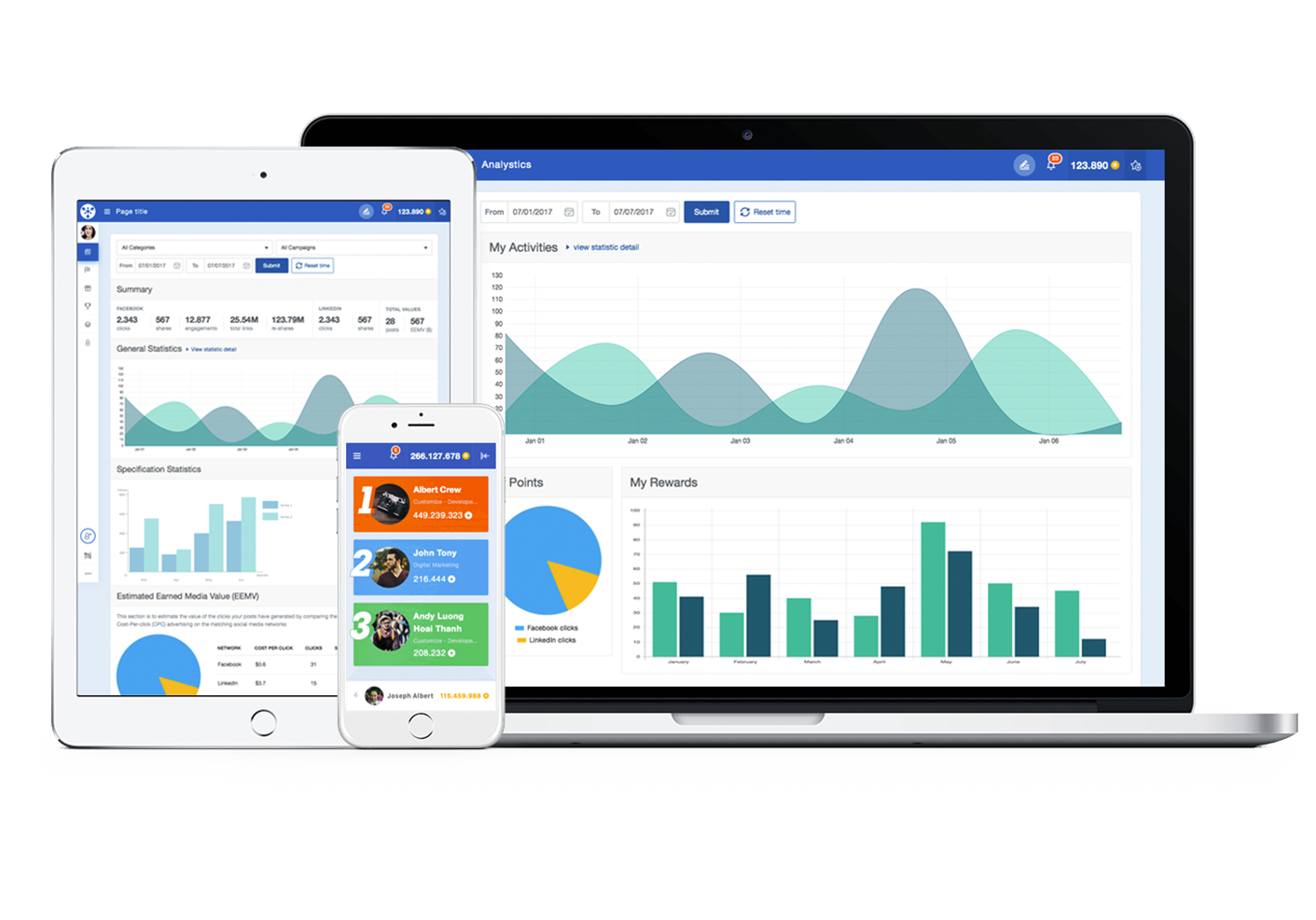What happens when your marketing budget not only fails to deliver the expected ROI but also directly sparks a full-blown crisis?
Brand A launched a new line of natural shampoos, backed by meticulous R&D investment. However, social media data soon revealed an unexpected challenge: 72% of negative feedback about the product did not stem from actual quality issues but rather from sky-high consumer expectations generated by advertising messages.
Social Listening uncovered a clear “mismatch” between communication and customer experience. The product, hyped by its marketing campaign, raised expectations to unsustainable levels—resulting in disappointment when reality didn’t quite measure up, even though product quality met industry standards.
Instead of treating the crisis as a short-term incident, Brand A adopted Social Listening as an objective tool to measure, quantify, and pinpoint critical issues. By analyzing the conversation data, Brand A identified two distinct potential customer segments—each with unique pain points:
-
The Scalp-carer: Consumers focused on scalp health, concerned with issues such as oily hair, greasiness, dandruff, and itchiness—accounting for 83% of discussions within this group.
-
The Busy Mom: Time-strapped mothers seeking quick, convenient, and effective hair care solutions.
These segments were defined through quantitative data, not guesswork, providing a solid foundation for R&D briefs to develop new products aligned with real consumer needs.
So, what were the results?
By recalibrating its strategy based on data-driven insights, Brand A shifted from “crisis management” to market leadership—achieving a 15% market share growth in its target segment just six months after relaunching the product.
Discover the full Brand A Case Study here!
Brand A’s story demonstrates: Listening to market data not only streamlines crisis response costs but also unlocks opportunities to create products that closely match genuine needs, ultimately strengthening customer loyalty.
Before allocating budgets to future campaigns, Brand A could confidently answer these critical questions:
-
At which stage of the customer journey do negative emotions peak? (Data indicated: 7–10 days after product usage)
-
How can negative feedback be translated into actionable R&D briefs for new product development?
-
What methods can measure the size and severity of pain points within niche markets before investment decisions are made?
▶️ Explore all the answers and analytical approaches that helped Brand A turn crisis into growth in the complete YouNet Media Case Study here.





